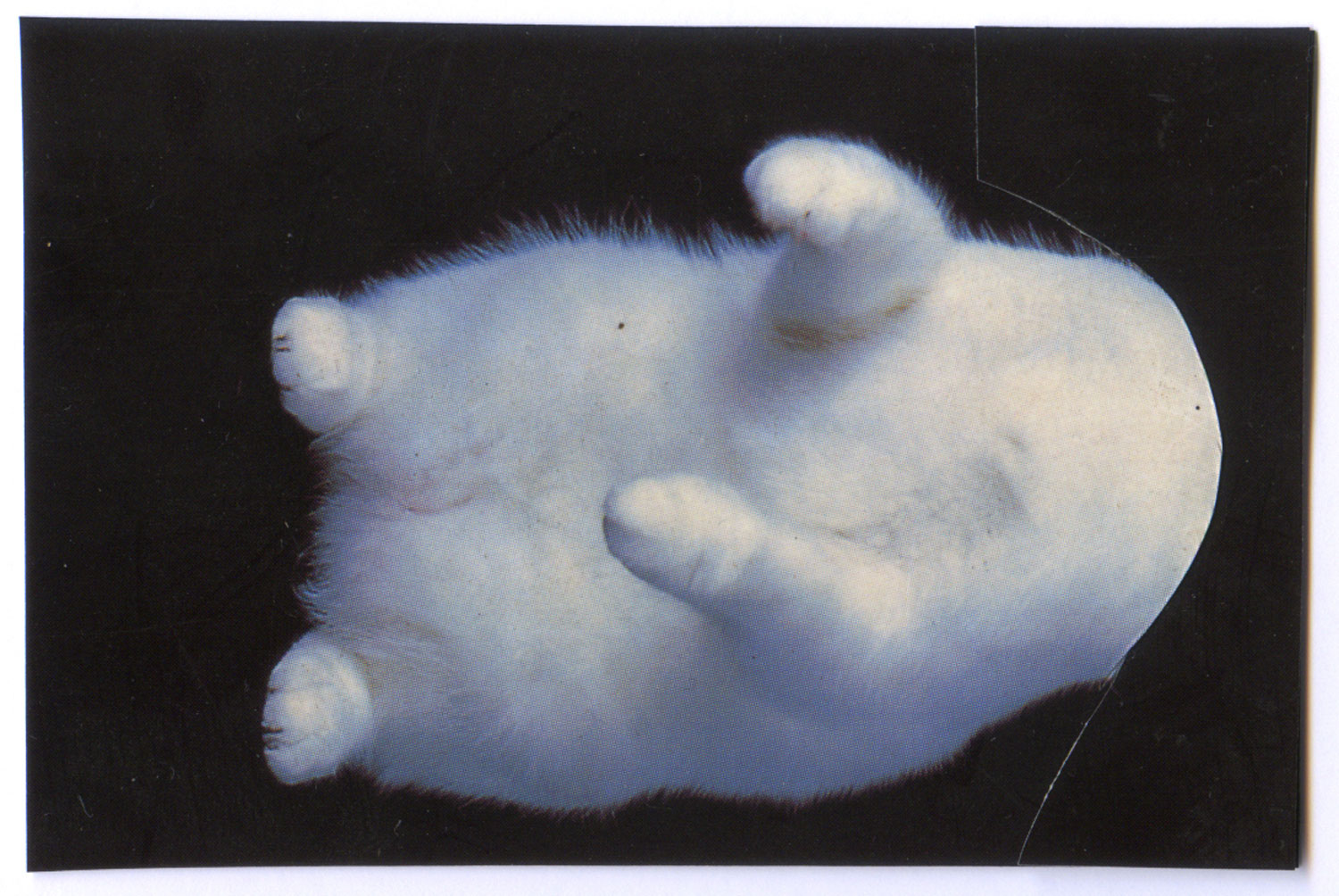
In the early 20th century, around the time cars filled our streets, planes found their way into our skies and cameras began to capture our daily life, we started to see space being cut up and transformed in art works. Inextricably linked to this rise of modern technology, collage art took on a new role. While once strictly fantastical, now collage could be utilized to visually pull together reality-based images of day-to-day life. In keeping with the fast pace of 20th-century life, multiple ideas could now exist within one frame.
This new way of creating photo collages took many forms in the past hundred years—seen most distinctly in the works of the Surrealists in the 1920s and the pop artists in the 1960s. Today’s generation of photo collage artists use everything from found images on the Internet and historical reportage to references appropriated from mass global media. Dutch artist Ruth van Beek’s newest book and installment of photo collages, Hibernators, represents this new direction of collage art.
Van Beek uses found photographs, amateur family photographs, newspaper clippings and magazine tears in her work, in which she tries to create something that never existed before. “I try to make the animals come to life again by cutting and folding the paper,” she says. “I restrain them in a new shape. This way I turn them into creatures that are silent like stones, but are also showing a tension.”
Van Beek’s work represents a more controlled, more intimate breed of collage work. Hibernators cuts and folds common domestic pets and animals into creatures that exist somewhere between photography and collage. Through van Beek’s handy work, the facial features of the animals are often removed—further abstracting them from a sense of space. With the loss of distinguishing features, the altered animals begin to take on new identities.
The Hibernators was published this month by RVB books.
Ruth van Beek graduated from the renowned Gerrit Rietveld Academie in 2002. She has shown her collage work both in her native Netherlands, as well as throughout Europe and North America.
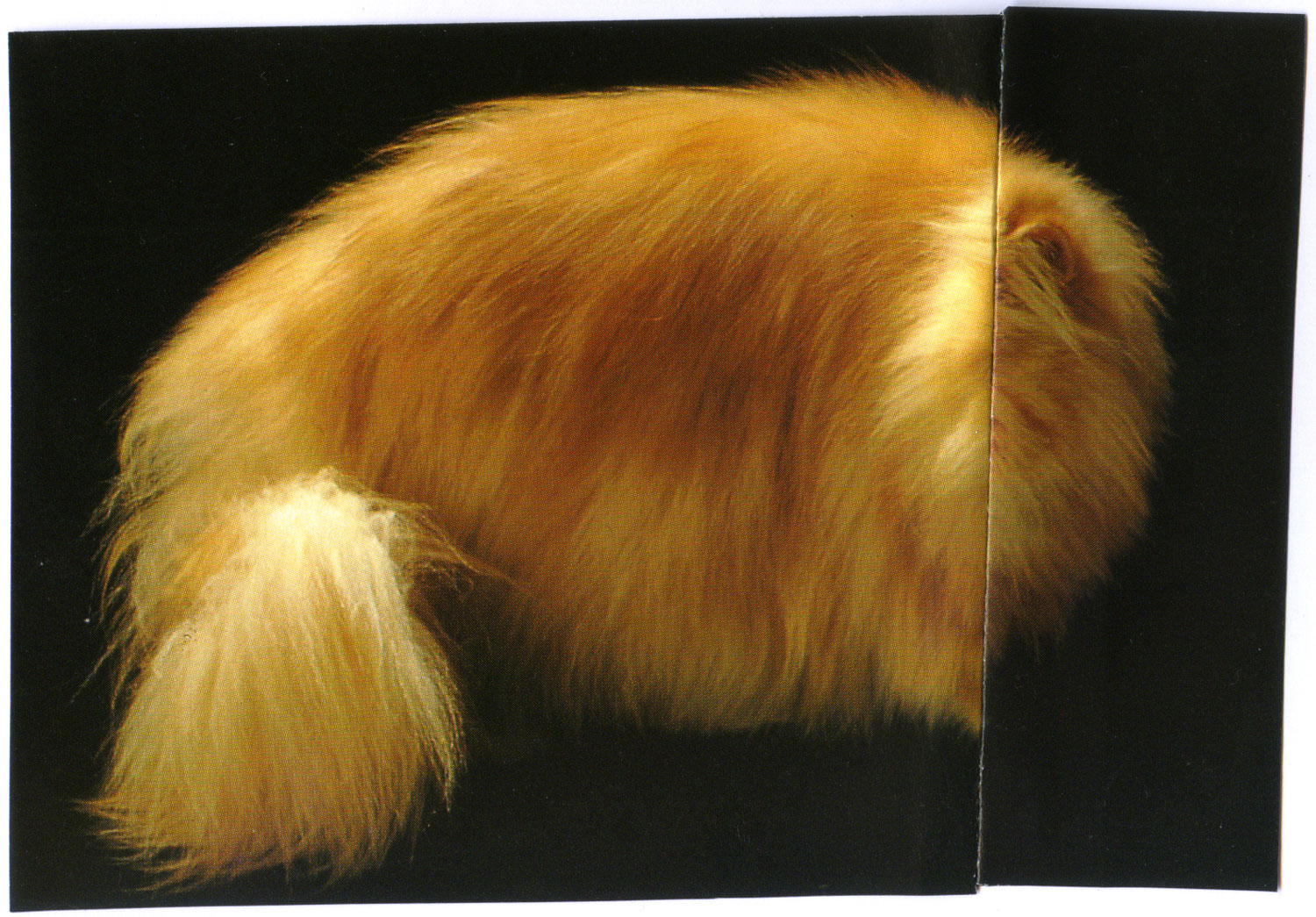
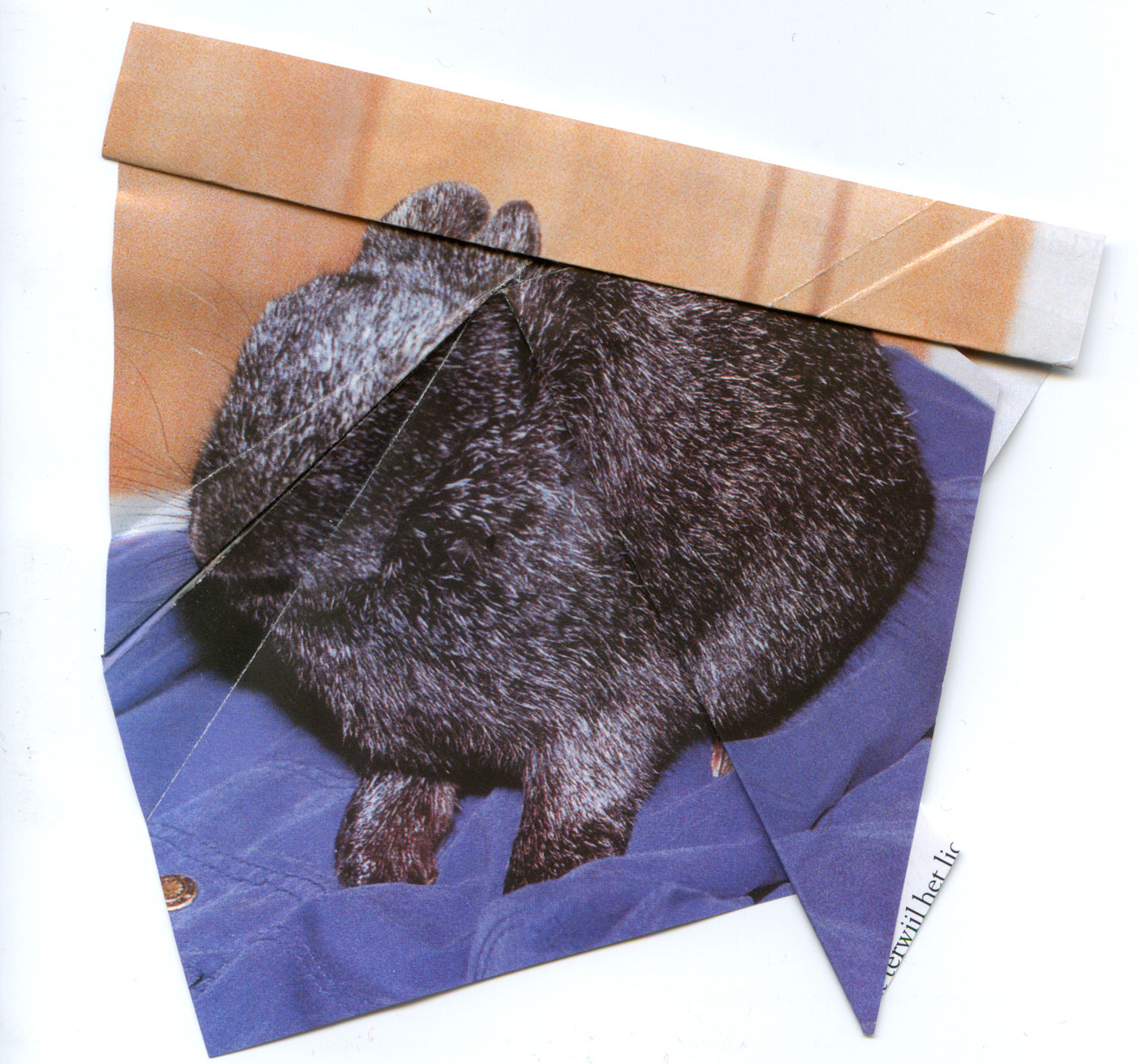
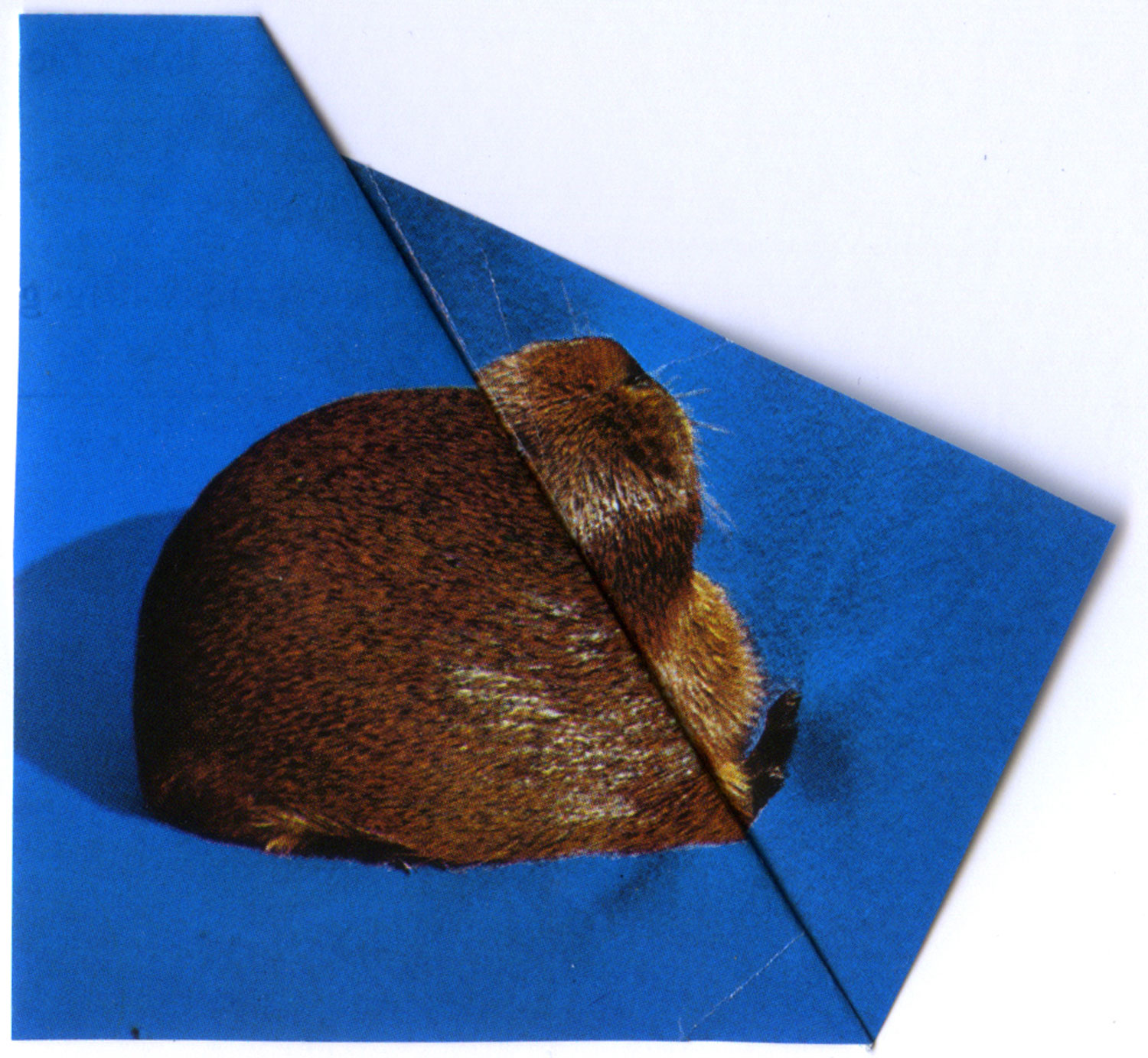

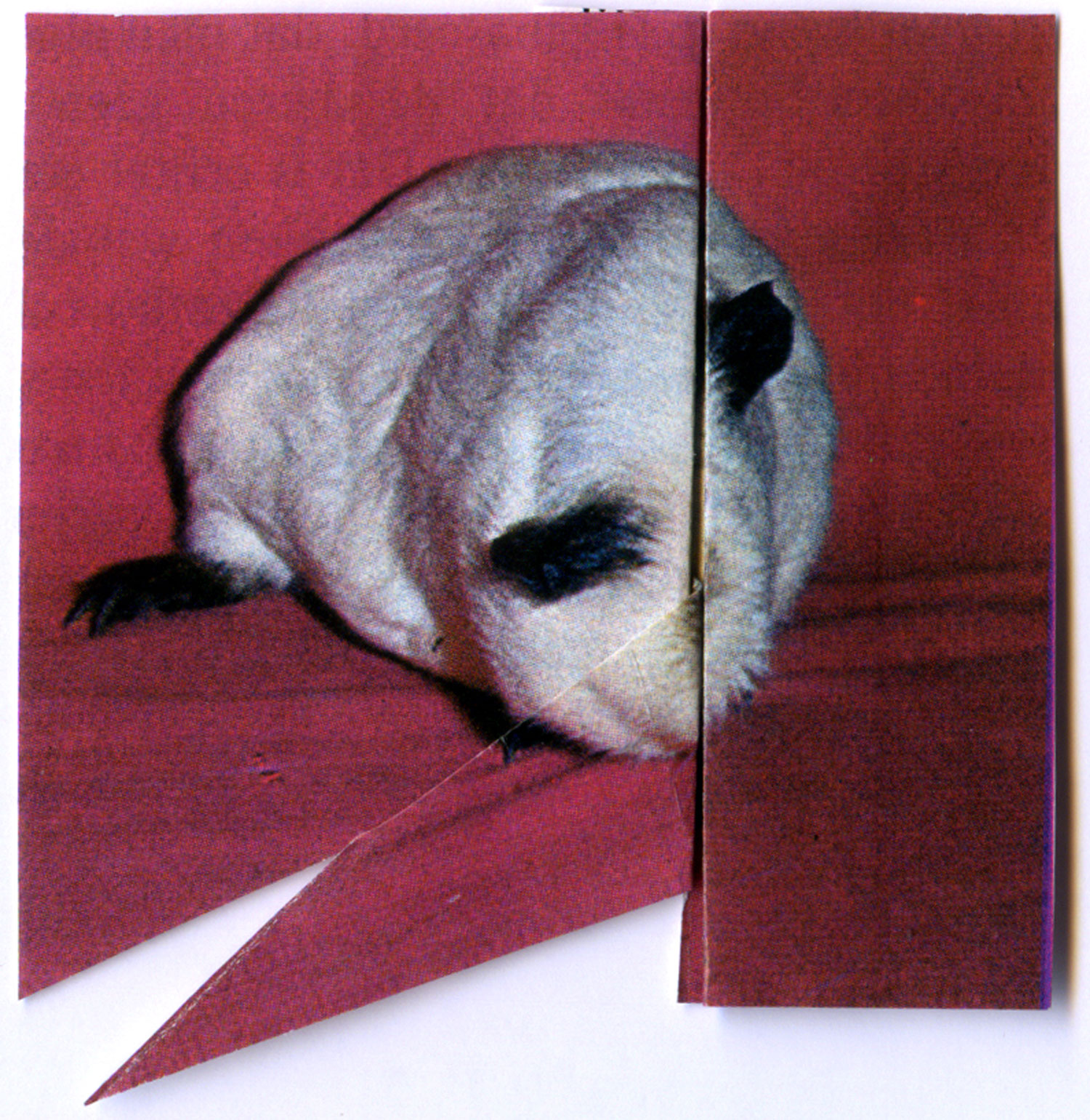
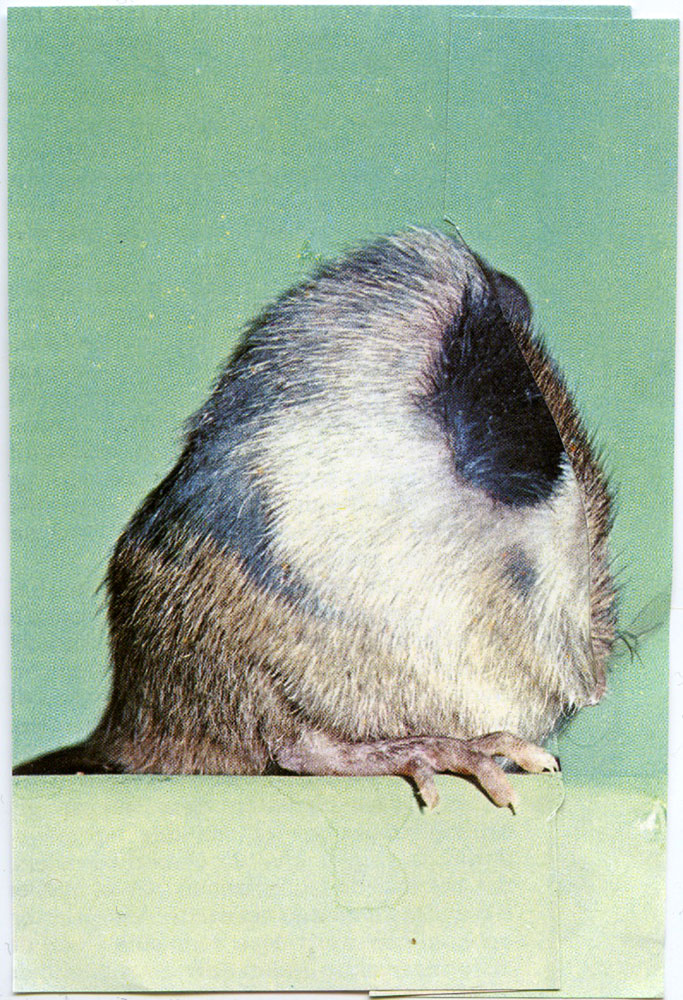
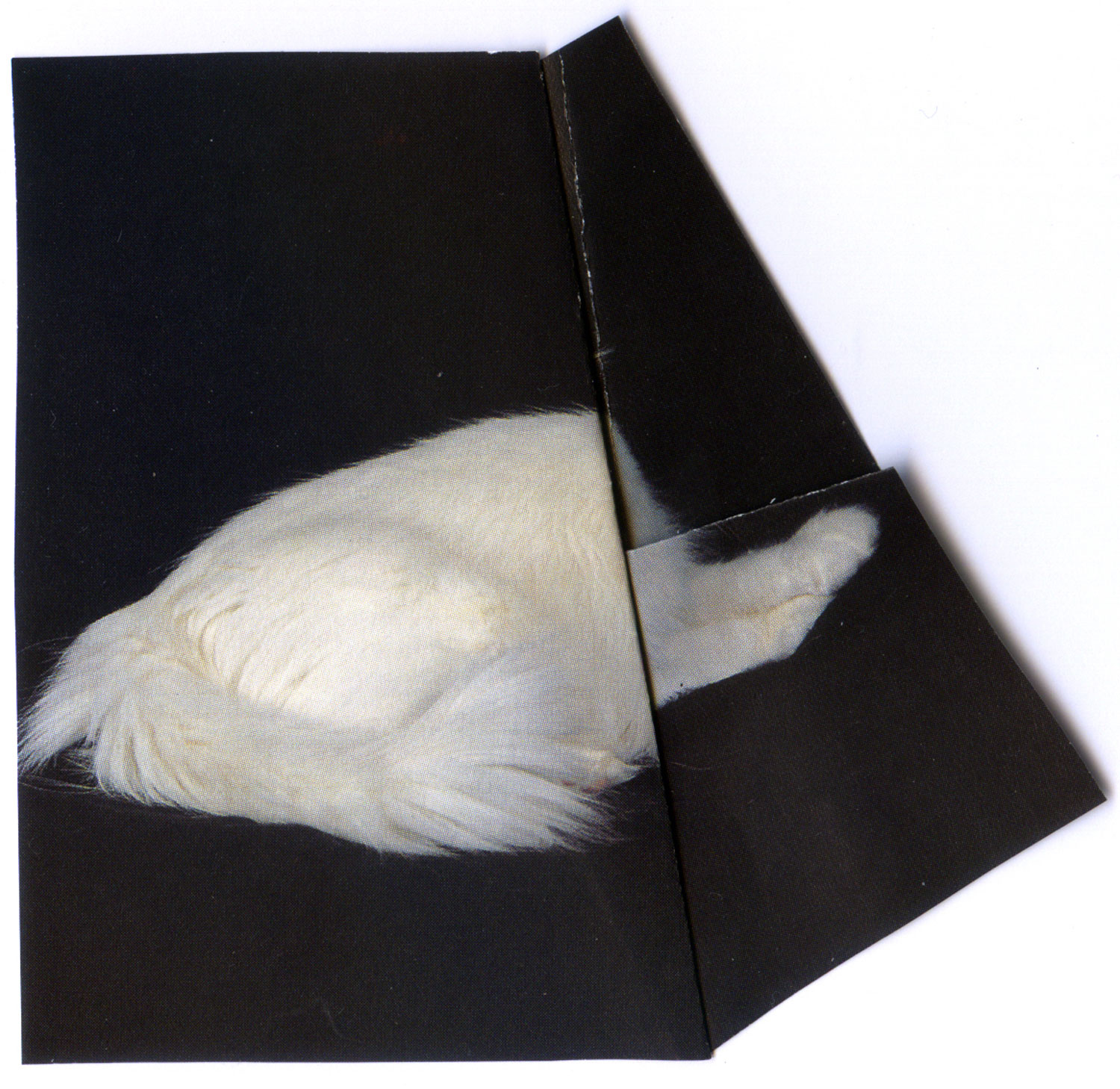

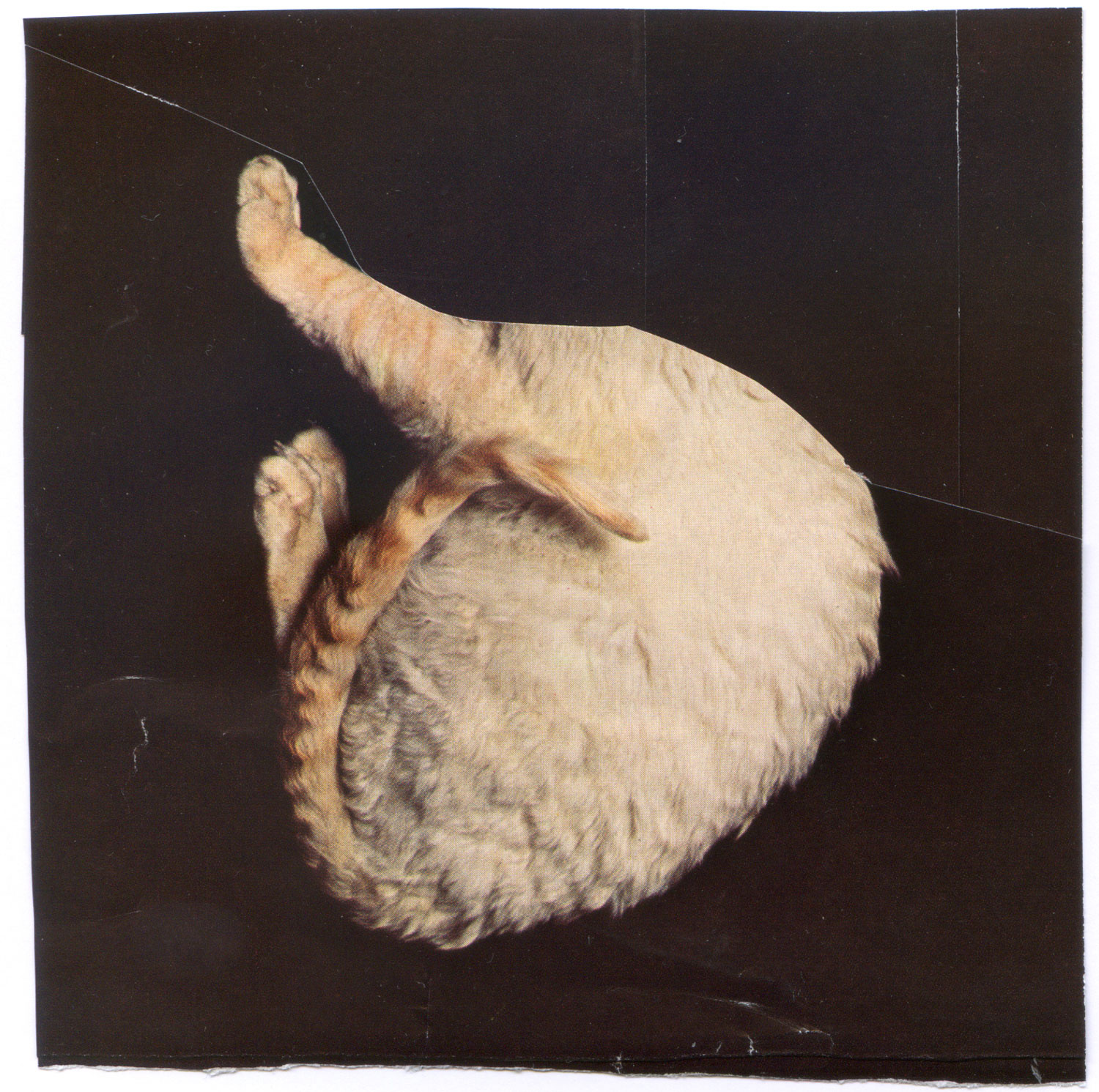
More Must-Reads from TIME
- Donald Trump Is TIME's 2024 Person of the Year
- Why We Chose Trump as Person of the Year
- Is Intermittent Fasting Good or Bad for You?
- The 100 Must-Read Books of 2024
- The 20 Best Christmas TV Episodes
- Column: If Optimism Feels Ridiculous Now, Try Hope
- The Future of Climate Action Is Trade Policy
- Merle Bombardieri Is Helping People Make the Baby Decision
Contact us at letters@time.com